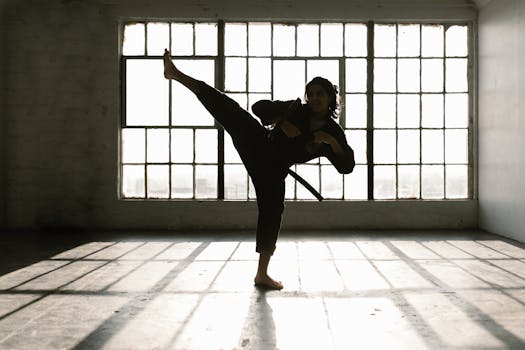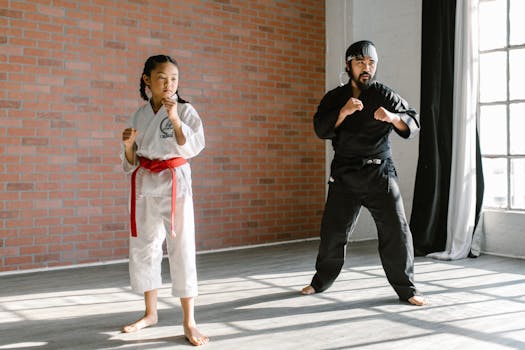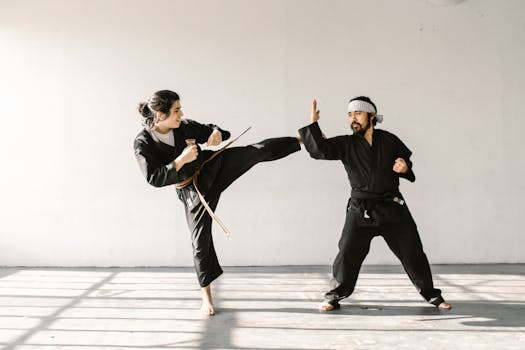Write an Informative and SEO-Optimized Blog Article on How to Factor in Judges’ Scoring Tendencies in Certain Regions
Understanding how judges' scoring tendencies vary across different regions is crucial for anyone involved in competitions, whether in sports, the arts, or other fields. This understanding can help competitors prepare more effectively and align their performances or presentations with the specific expectations and preferences of the judges in a particular area.
Introduction to Judges’ Scoring Tendencies Judges' scoring tendencies can significantly influence the outcome of competitions. These tendencies may vary due to cultural, regional, or personal biases and understanding them can provide a strategic advantage. This article explores how to analyze and adapt to these regional scoring differences effectively.
Identifying Regional Scoring Patterns The first step in factoring judges' scoring tendencies is to identify any existing patterns. This can be done by reviewing past competition results and feedback, focusing on events held in the same region or under similar judging panels. Look for consistency in scoring criteria or comments that could indicate a particular bias or preference.
Analyzing Judges’ Backgrounds and Expertise Understanding the background and expertise of judges can also provide insights into their scoring tendencies. Judges often favor competitors who display strengths in areas of the judge’s own expertise or interest. Researching the judges' professional backgrounds, previous judging gigs, and even media interviews can offer valuable clues.
Adapting to Scoring Tendencies Once you have identified and understood the regional scoring tendencies, the next step is to tailor your performance to meet these expectations. This does not mean compromising artistic integrity or sportsmanship but rather emphasizing certain aspects more strongly or tweaking presentation details to appeal more directly to the judges.
Comparison of Approaches Each of the above strategies has its advantages and disadvantages. Identifying patterns through past results is straightforward but may not always reflect current judging panels' preferences. Analyzing judges’ backgrounds provides deeper insights but can be time-consuming and is not always possible if detailed information on the judges is not available. Adapting performances is practical but requires flexibility and creativity from the competitors.
Practical Examples Consider a figure skating competition in Eastern Europe, where judges might favor technical precision over artistic expression, differing from judges in North America, who might score artistic elements more highly. Skaters can adjust their routines to emphasize the favored elements accordingly.
Conclusion: Incorporating Judges’ Scoring Tendencies Incorporating an understanding of judges' scoring tendencies into competition strategy can be a game-changer. By identifying patterns, analyzing judges' backgrounds, and adapting performances accordingly, competitors can significantly enhance their chances of success. Remember, the goal is not to manipulate or predict the scores but to align your presentation more closely with the judges' known preferences and criteria.
For further information on analyzing judges' tendencies and detailed examples, refer to official competition review sites or sports analysis blogs that often provide deep dives into judging patterns across different regions and disciplines.

.png)





